Search
Did you mean: Ice Age?
Search Results

Article
Pirate Weapons in the Golden Age of Piracy
Pirates in the so-called Golden Age of Piracy (1690-1740) used all manner of weapons to attack ships and relieve them of their precious cargoes. Heavy cannons, muskets, pistols, cutlasses, and grenades were just some of the weapons pirates...
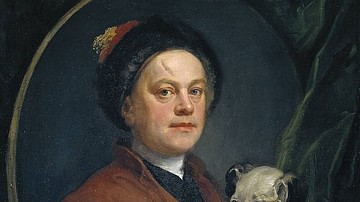
Article
Dogs & Their Collars in the Age of Enlightenment
In medieval and Renaissance Europe, dogs were considered little more than 'machines' which performed certain tasks, such as guarding a home or tracking game, but this view changed significantly during the Age of Enlightenment (also known...

Article
Pirate Clothing in the Golden Age of Piracy
Pirates have gained a reputation for wearing bright and distinctive clothing and accessories during the Golden Age of Piracy (1690-1730) even if, in reality, most of what we think they wore comes from works of fiction like Robert Louis Stevenson’s...

Definition
Hallstatt Culture
The Hallstatt culture is named after the site of that name in Austria and it flourished in central Europe from the 8th to 6th century BCE. The full period of its presence extends from c. 1200 to c. 450 BCE - from the Late Bronze Age to the...

Article
The Gilded Age Estates of Staatsburg, New York
The great estates of the Gilded Age were more than lavish displays of wealth for the American aristocracy c. 1870-1917, they supported the economy of the local communities and encouraged development. As they declined, many of the surrounding...

Image
Iron Duke Locomotive
A working replica of the Iron Duke locomotive class of steam trains. designed for use on the Great Western Railway lines from the mid-19th century. (Great Western Society's Didcot Railway Centre)
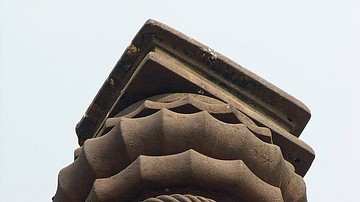
Image
Iron Pillar of Delhi
The Iron Pillar in Qutub Complex, Delhi is a stellar example of advanced metallurgy technology in Gupta Period (circa 320 - 550 CE). The 7 m (23 ft) high pillar was made corrosion resistant. It bears Sanskrit - Brahmi inscriptions eulogising...
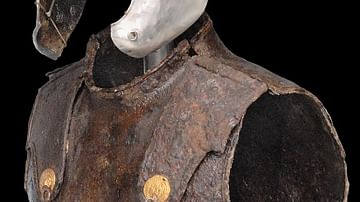
Image
Iron Thorax Armour from Epirus
Iron anatomical thorax with golden buckles found in Cist grave 1 in Prodromi, Thesprotia, Epirus, Greece. The grave is dated to between the end of the 4th century BCE and the beginning of the 3rd century BCE. (Archaeological Museum of Igoumenitsa...
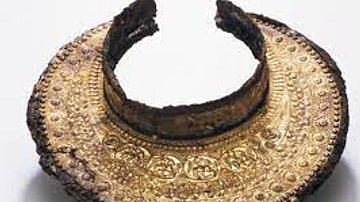
Image
Iron Peritrachelion (gorget) from Macedonian Tomb II of Vergina
Iron peritrachelion (gorget) with golden-silver decorative plate found in Macedonian Tomb II of Vergina, Imathia, Central Macedonia, Greece. The tomb is dated to between the end of the 4th century BCE and the beginning of the 3rd century...
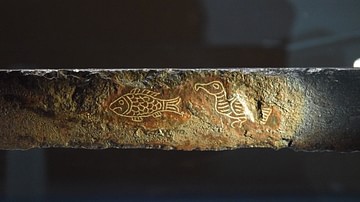
Image
Japanese Inlaid Iron Sword (Detail)
A detail of an inlaid iron sword. From Eta Funayama Tumulus, Nagomi-machi, Tamana-gun, Kumamoto, Japan. Kofun Period, 5th-6th century CE. National Treasure.
Tokyo National Museum.